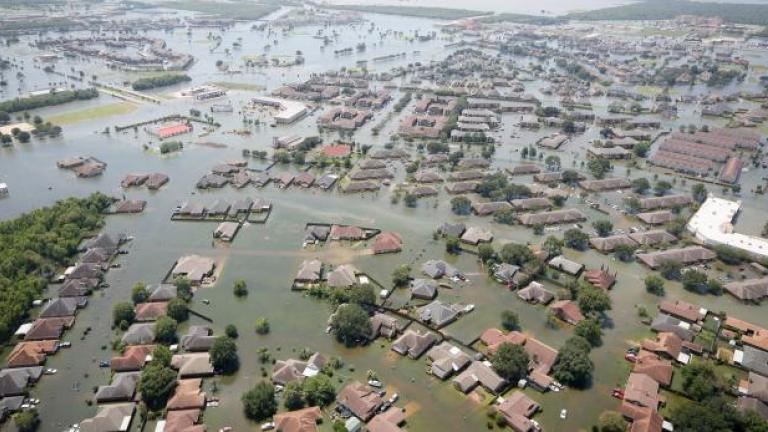
Monday, January 27, 2020
Nonprofit First Street Foundation's new Flood Lab is allowing the public access to data and a model that predicts the risk of flooding for homes in the U.S. The project is partnering with eight universities, including MIT, Johns Hopkins University, and the University of Pennsylvania’s Wharton School, to examine the data and quantify socioeconomic impacts associated with the growing problem.
By doing this, the lab is providing information -- which has been traditionally proprietary to insurers, mortgage lenders and investment firms on account of pricing -- to homeowners to increase transparency around the issue and costs of sea level rise, climate change, storms and flooding risks.
"The simple and elegant idea ... is to make every homeowner in the U.S. aware of how climate change-related flood risk has devalued his/her property value over the last 30-50 years and how it will continue to devalue it over the coming decades," said MIT Cecil & Ida Green Professor of Atmospheric Science Kerry Emanuel, who is on the foundation's advisory board and deeply involved with the project. Emanuel's research examines tropical storms and the damage they are capable of causing, including severe flooding. "We hope that such awareness might lead homeowners to pressure government at all levels to do something to curtail climate change."
Read at EAPS News.
Story Image: Members of the South Carolina's Helicopter Aquatic Rescue Team (SC-HART) perform rescue operations in Port Arthur, Texas, August 31, 2017. The SC-HART team consists of a UH-60 Black Hawk helicopter from the South Carolina Army National Guard with four Soldiers who are partnered with three rescue swimmers from the State Task Force and provide hoist rescue capabilities. Multiple states and agencies nationwide were called to assist citizens impacted by the epic amount of rainfall in Texas and Louisiana from Hurricane Harvey. (Credit: U.S. Air National Guard photo by Staff Sgt. Daniel J. Martinez)






